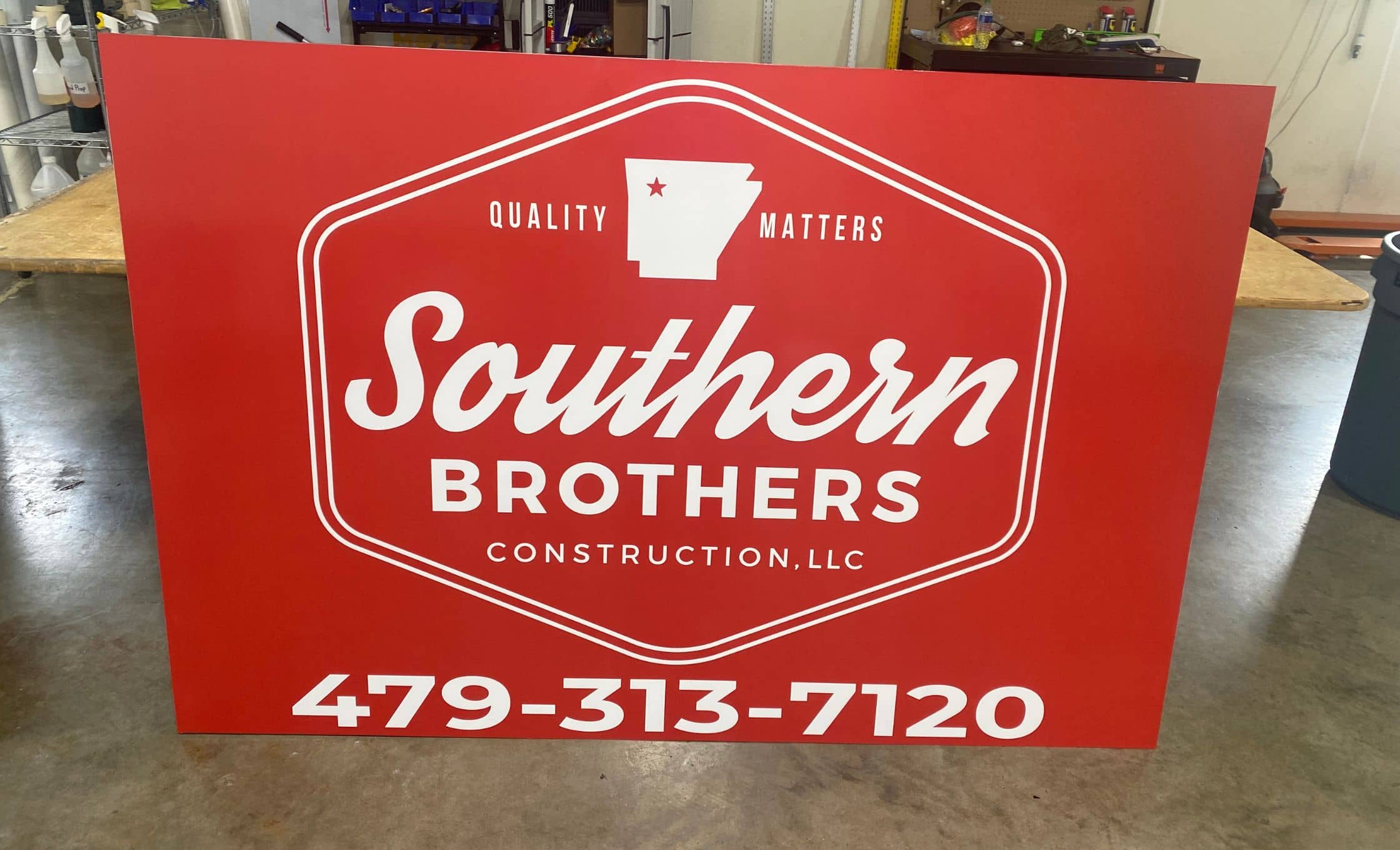How Big a Sign Do You Need For Your Business?
The main goal for signage is obvious: visibility. You want people to see where you’re located and understand what you have to offer within a pretty short period of time.
What you might not realize is that there are actually a lot of factors to consider when it comes to effective signage.
Is bigger always better?
When you’re driving along the road, whether you’re looking out for a specific sign or not, it’s likely that your eyes will be naturally attracted to the biggest and best-lit sign you can see.
A big sign can definitely be the right choice in certain scenarios. If you’ve spent any amount of time driving on the highway, you’ve probably noticed that truck stop signs are extra tall and large so that they can be spotted from a great distance, allowing drivers to prepare to exit.
But size is not the only important determining factor for an effective sign! Even the biggest sign could fail to be effective at attracting customers and visitors if it’s not designed correctly.
Lettering size is key
The actual physical dimensions of the sign are important to choose appropriately for the context, but it’s also very important to get the lettering sized correctly.
You don’t want to have tiny lettering floating in a sea of negative space; not only will that make your sign difficult to read, it also wastes sign space!
Similarly, you don’t want massive letters crowded onto your sign, which could make it more difficult to read and therefore not useful to customers.
Getting good proportions between your logo and text within the dimensions of the sign itself is an important step, and you should work with a graphic designer to ensure that the design is working for you the way it should be.

Consider context
For many types of signage, there are standard sizes, which makes it easier for you to determine the sizing for your sign.
If you’re looking for some temporary signage, like a yard sign or a banner, your sign shop professional should have a list of standard sizes– and their associated pricing– to help you make your choice more easily.
For more custom, unique signs, the size should be largely determined by the context in which they’ll exist, like the difference between a highway truck stop sign and a boutique on a street with plenty of foot traffic.
Your sign shop professional should also be able to offer some insight on what sizing is appropriate for whatever context your sign will exist in once it’s installed.
Outdoor signs are also usually restricted to some degree by city codes. Check online for your city or municipality’s city codes; these almost always include something about maximum square footage for signage.
Your sign has to fall within the city’s guidelines, or you’ll risk a fine (and your investment in signage will be wasted!)
How can I get started?
If you’re not sure what size your sign should be, or even what it should look like, don’t panic. The experts at Wrapology are here to help!
Give us a call or reach out for a quote today, and we’ll design, create and install the sign of your dreams.
